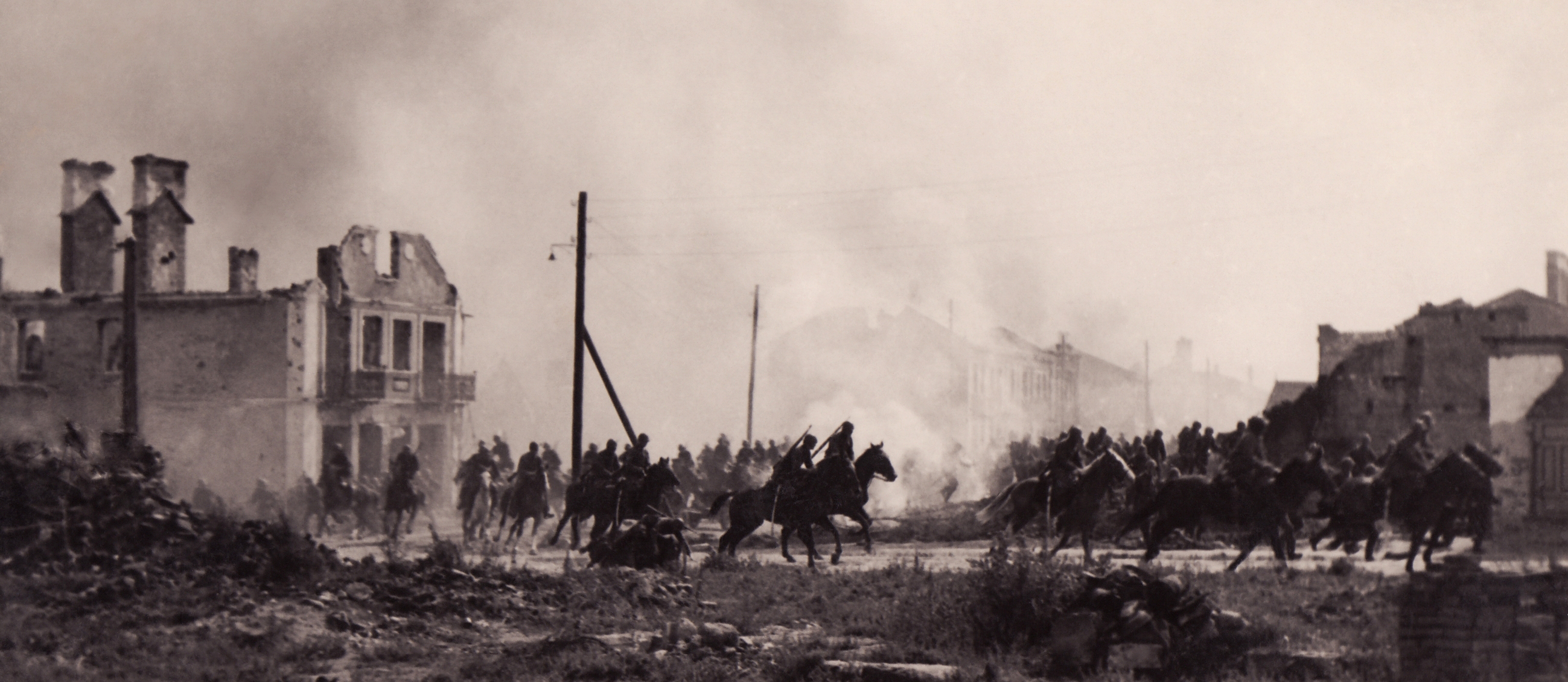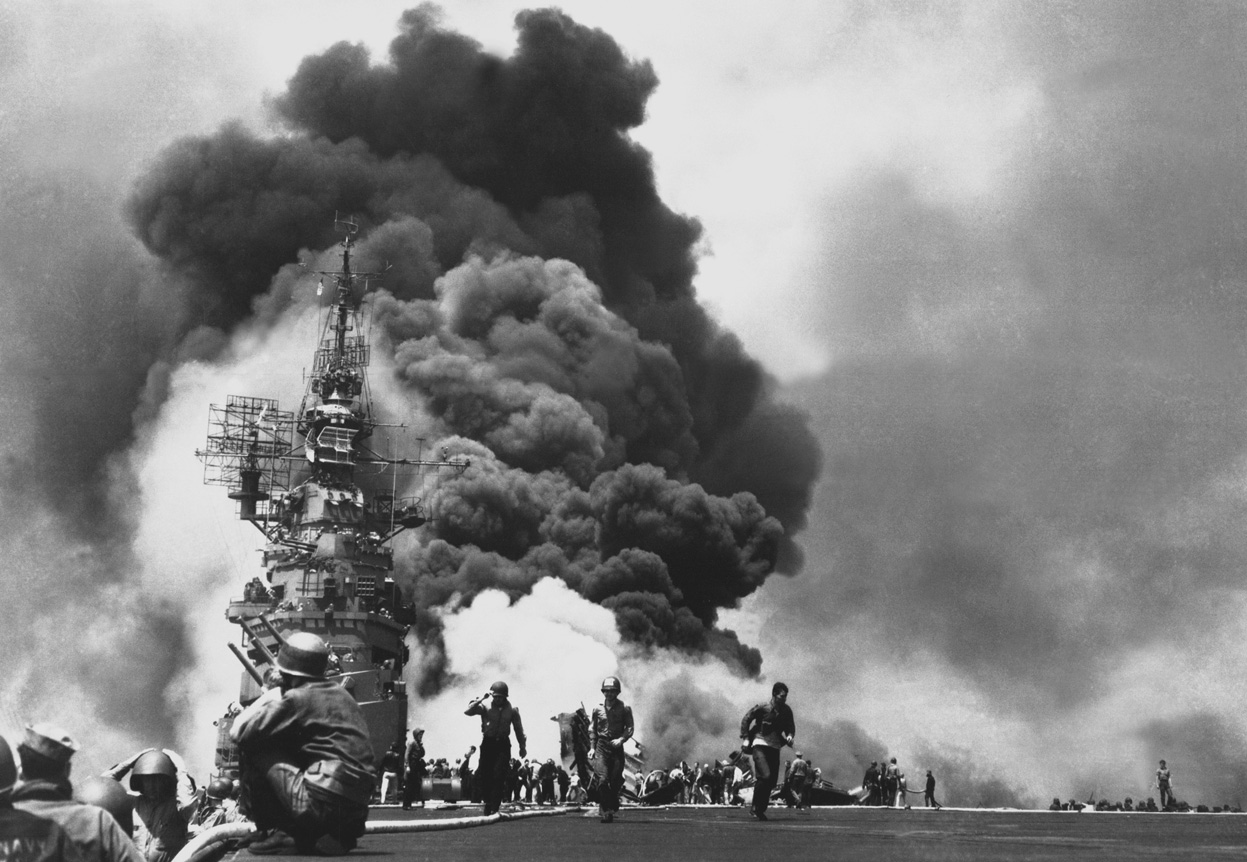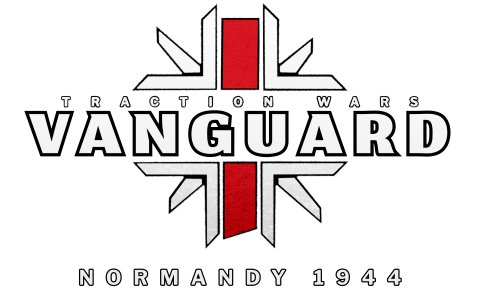Can't really tell with the trousers or shirt, basically all the things I could use to ID are hidden.

So could be either.
Polish Cavalry on manuvere in April of 1939. A few still volunteer to carry the lance, though it had been dropped as standard gear in 1938. To continue on from my prior post, the Charge from Krojanty was an action which took place in the afternoon of Sept 1st 1939. A squadron of Polish cavalry from the 18th Pomeranian Uhlans, led by the regimental commander, Col. Kazimierz Mastalerz, came upon a battalion of German troops from the 20th Motorized Division bivouaked and prepared to set up camp. The Colonel, realizing the ambush situation in place, brought his unit under cover of a nearby hill, and was able to take the Germans offguard, charging with lance and saber, and slaughtering the hapless German battalion. Then, whilst rounding up prisoners, the Polish were in turn ambushed by a couple armoured cars appearing from a nearby woods, the first salvo of 20mm shells killing Mastalerz and his staff, with the rest of the Poles retreating away, leaving their POW's behind.
The next day, a couple Italian journalists, one of which was Indro Montanelli (a rather famous reporter), were taken to the site of the action. They were informed, on being shown the dead horses and men (with the German bodies removed), that the Poles had died charging German tanks. Montanelli and the other, unknown journalist, dutifully reported on the action, and the myth began. It was furthur reinforced by allied and axis propaganda alike, post-war historians, and continues to be reported to this day. As I wrote in a paper recently,
"In 2009, David Stone, a former British staff officer cum military historian, published the book
Hitler's Army, 1939-1945: The Men, Machines and Organization. In it, he related a short history of the Polish campaign, including an anecdotal story of an anonymous Panzer soldier. “[He] recalled seeing one officer charge up to one of the vehicles in his squadron, rise up in his stirrups and give a vicious downward stroke with his sabre. This shattered in his hand and the Pole looked dumbfounded. Immediately he pulled out his pistol and fired several rounds at the Panzer, finally shooting himself, determined to die rather than surrender. To Stone, the story is real, it is irresistible. The Polish cavalry’s conduct has all the elements of great story telling from the ancient Greeks to the modern age, from medieval romances to Hollywood blockbusters; the romance of reckless bravado from a simpler era refusing to submit to the regimentation and machinery of modernity. Nevertheless, it is not history.
...Yet there is now a more complete and accurate history and a better story in the 1939 Campaign that is still being thrown to the wayside in favour of a personal attachment to a mythos. This clinging to delusions ignores the hard work of historians past and present who did and who are working hard to understand and interpret past events accurately, without regard to whether their accounts meet the expectations of the story. It denigrates history as delusions slowly turn from a mere mythos to a heavily cited source, from behind which historians can appear unassailable, and serve as a bulwark behind which they retreat to defend their work. This is a practice which does disservice to historians at large and more crucially to the discipline of history itself. Churchill, Davies, and even Stone may not have meant to perpetuate the lie, but hope must exist that they will not succeed. Comforting delusions during war time could perhaps be justified as serving a role in uplifting a soldier's morale, as well as providing political "cover" at home, but they cannot be justified as serious historical study. The goal must be to expose such delusions for what they really are – an attachment to a certain story – not to history.[SUP]"[/SUP]










